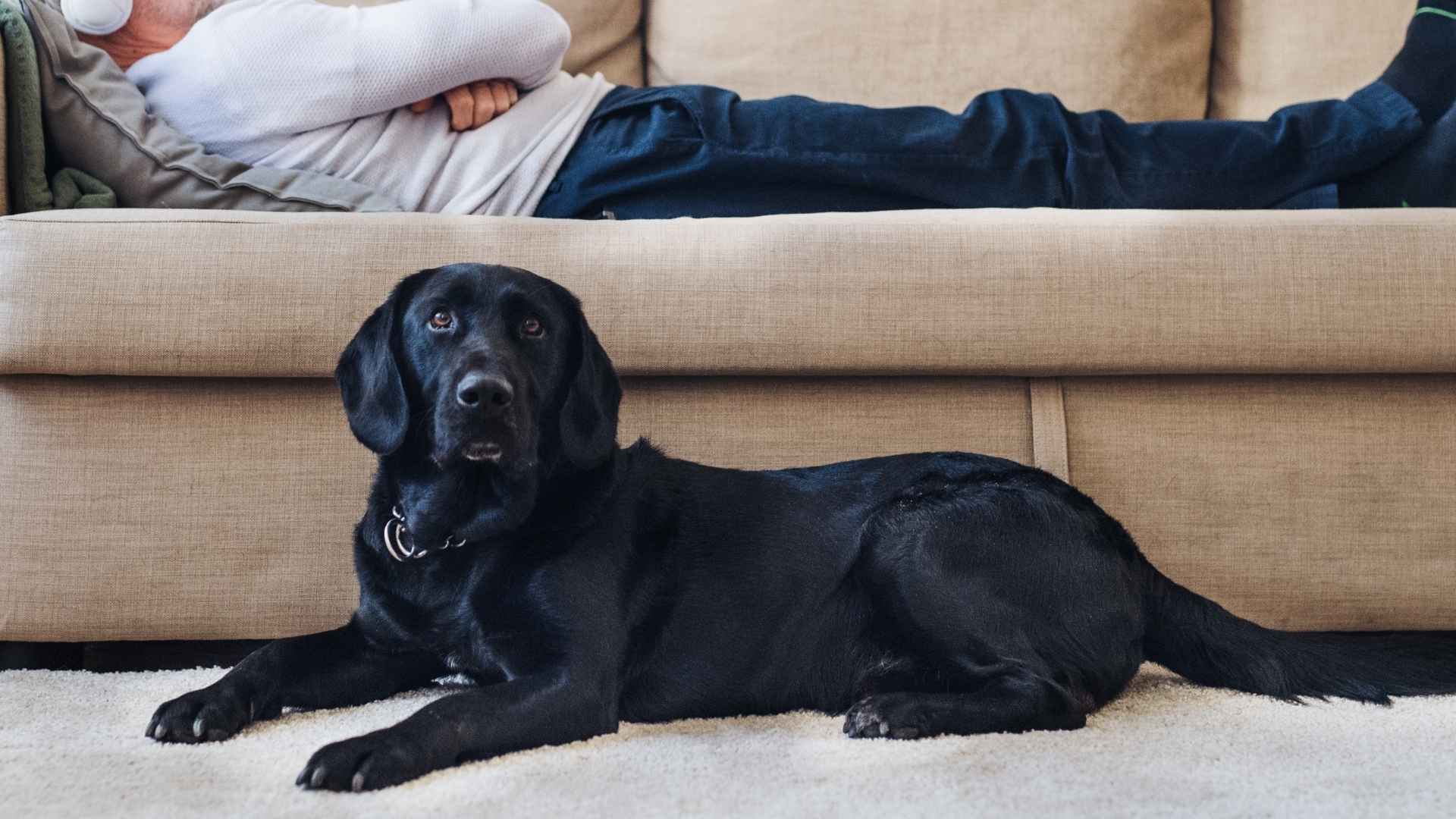You finally fell asleep at 3 a.m., only to be woken at 6 by paws dancing on your chest. Sound familiar?
While some dogs can’t wait for you to get up, others understand the value of stillness. They don’t bark. They don’t jump. They don’t tug at your blankets. Instead, they lie near, alert but quiet, and wait. These dogs have a special kind of patience. A kind of loyalty that keeps them close but calm.
For people who value slow mornings or need more sleep, these dogs are more than a blessing—they’re peace. Whether it’s instinct, emotional awareness, or old protective roots, they hold their position until you open your eyes.
In this article, we’ll introduce you to dog breeds known for this trait—the natural bed guardians who stay put and keep watch until you’re ready to move.
Dog Breeds That Guard Beds Until Owners Wake Up
1. Rottweiler

Rottweilers often choose to stay close to their owners during sleep, especially in rooms with limited movement. Their strong awareness of space keeps them stationed near beds, watching quietly until morning. This silent alertness is a common behavior in the breed.
Territorial by Nature
Their sense of territory includes the bedroom once it becomes part of their routine. Any unfamiliar noise or motion nearby triggers a quiet shift in posture. They often place themselves near entry points without needing a signal or command.
Trained Calmness in Resting Hours
Rottweilers learn early how to respond while staying still. With proper training, they distinguish between household sounds and situations that need a reaction. This makes them effective without disturbing the household during rest.
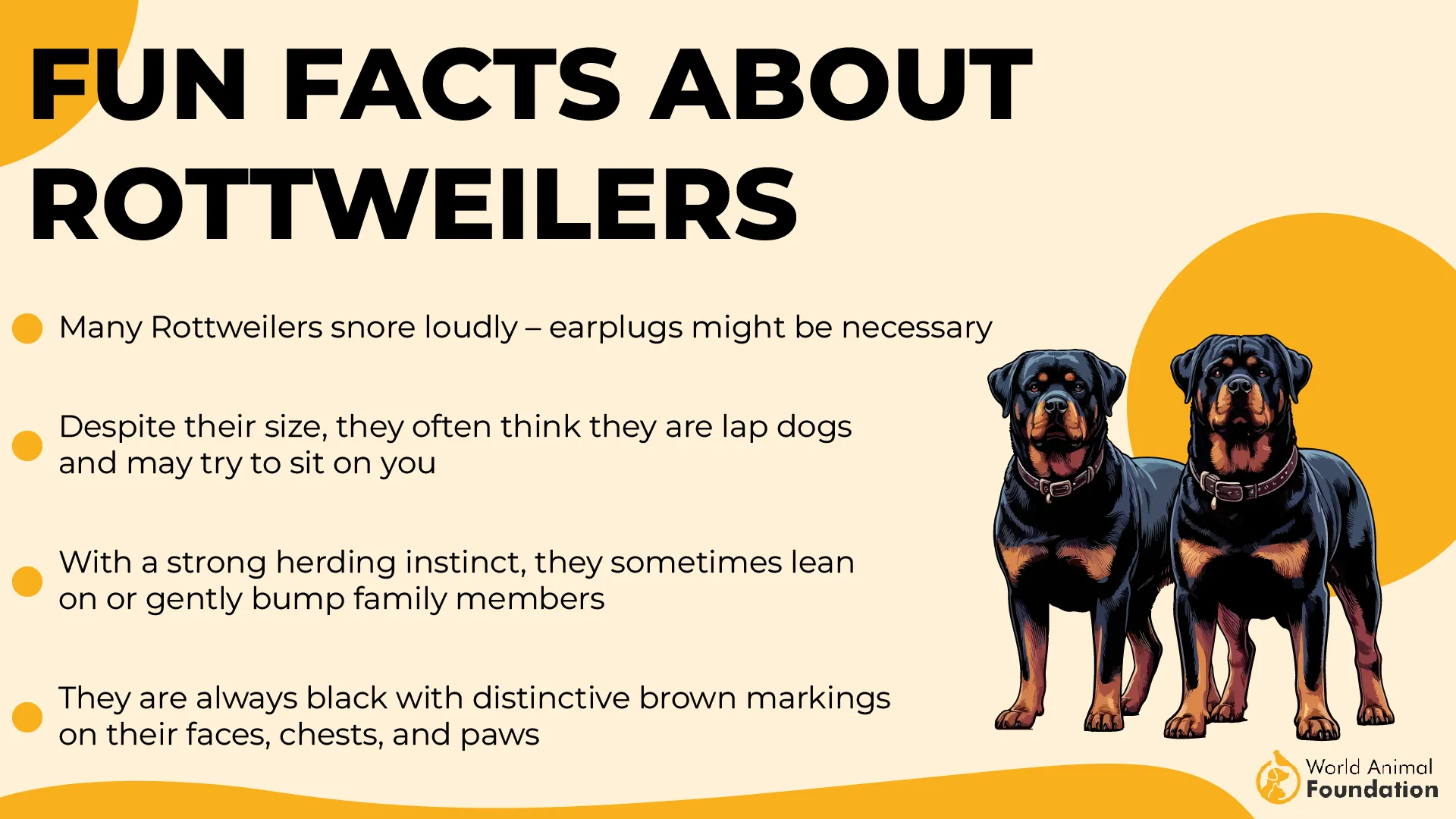
Highly Aware of Other Dogs
In multi-pet homes, they may position themselves between the bed and other dogs. Their awareness of roles and space shows especially when someone is asleep. Among guard dog breeds, this level of silent control is commonly observed.
2. Cane Corso
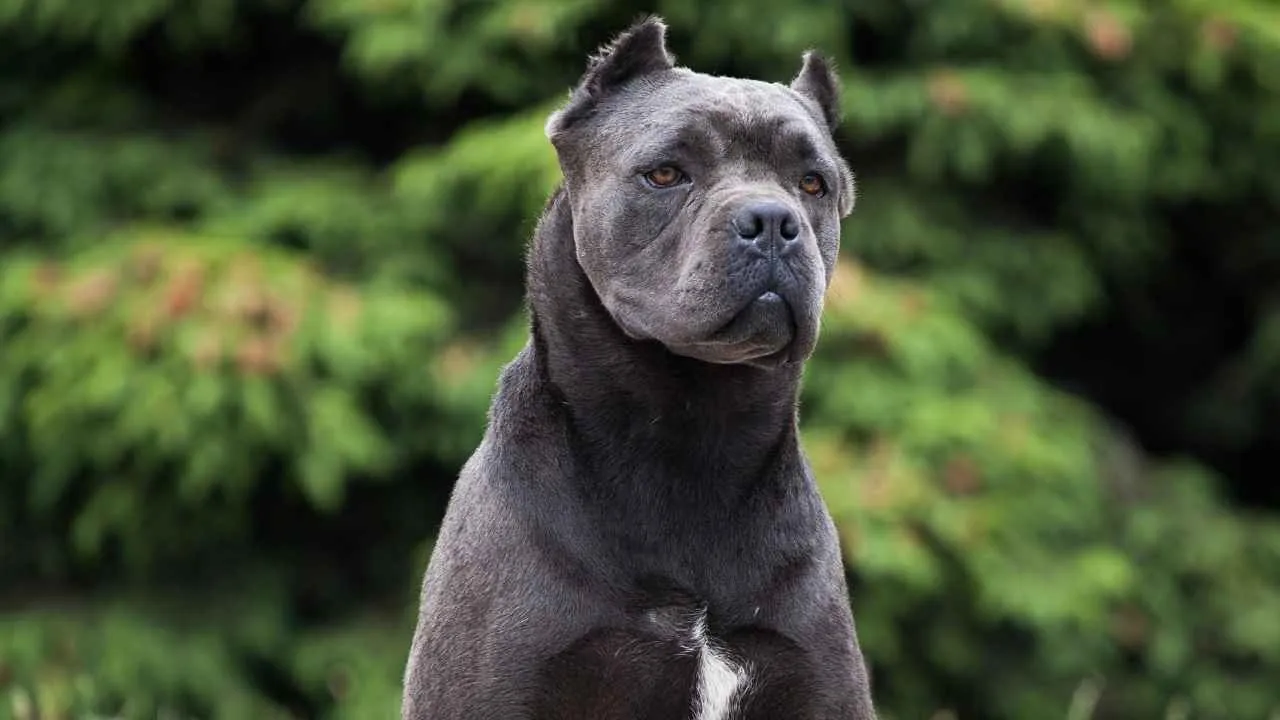
The Cane Corso tends to rest near doorways or at the foot of the bed during nighttime. Even during sleep, this breed remains alert to shifts in the environment. Their presence beside sleeping owners comes from their natural role as quiet protectors.
Stillness with Intention
They prefer to observe silently rather than respond with noise. This behavior is often seen when they stay on guard near the bed, especially if others are moving nearby. Their calm posture conceals an intense awareness of every detail in the room.
Prepared Through Consistent Training
Cane Corsos respond best when structure is introduced early and maintained regularly. Consistent training helps them stay composed while watching over their surroundings, as per the Pawlicy Advisor. This habit allows them to recognize routine movement from unfamiliar disruptions.
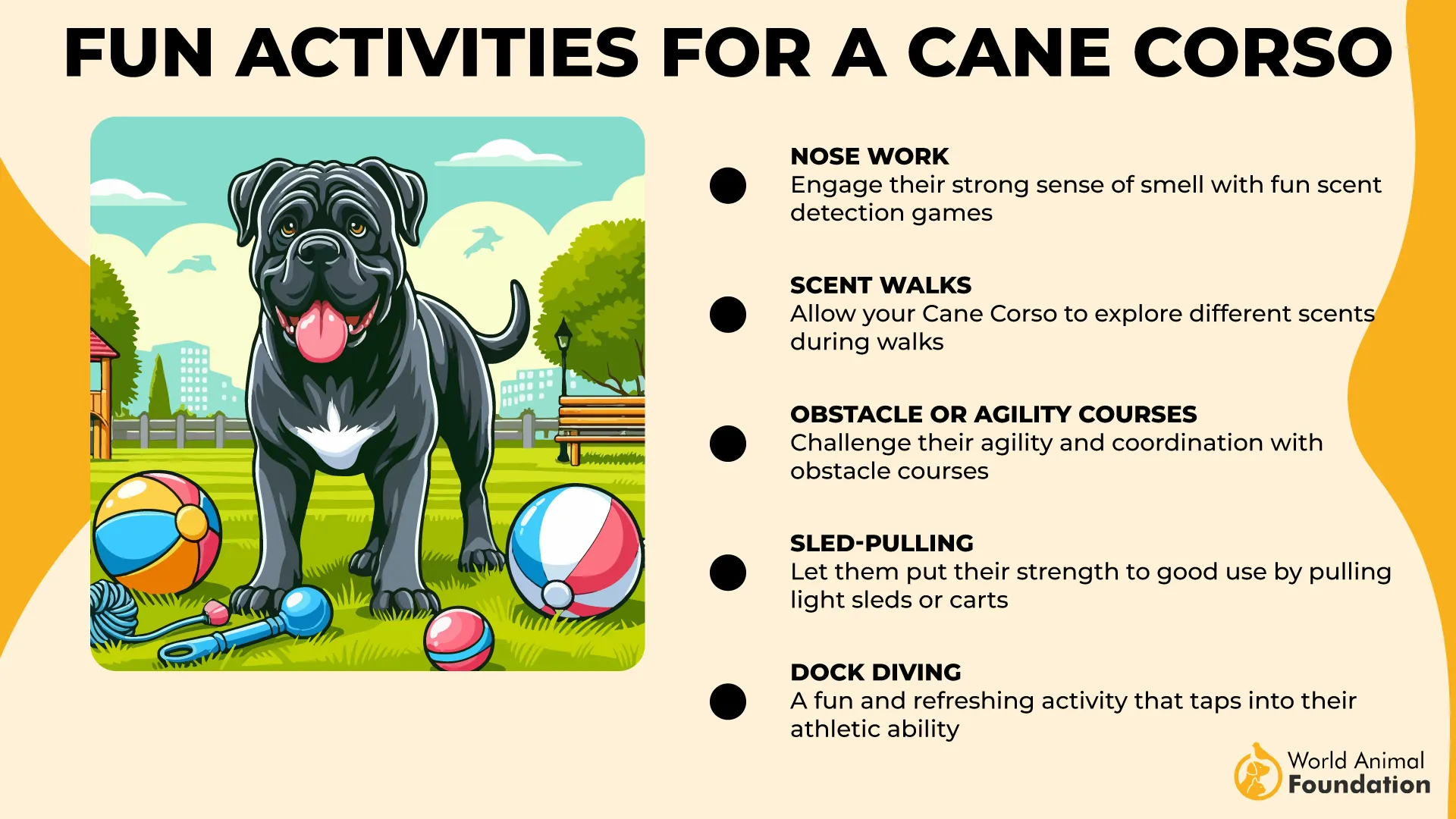
Trusted as Excellent Guard Dogs
Bred for protection roles, Cane Corsos naturally extend their guarding instinct to indoor spaces. Their behavior may intensify when guests or other pets approach during rest hours. This makes them an excellent guard dog that remains close without needing direction.
3. Belgian Malinois
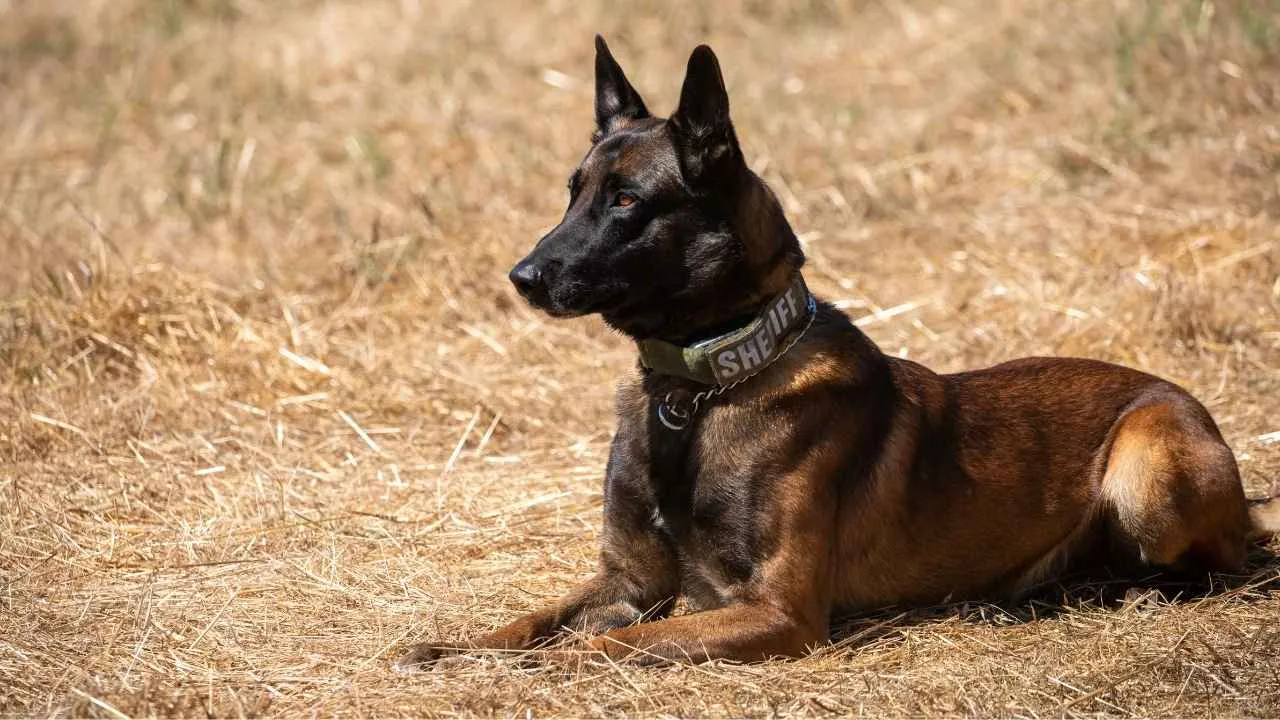
The Belgian Malinois often positions itself where it can scan both the sleeping area and the doorway. This placement supports their natural instinct to stay on alert during quiet hours. Owners frequently report waking up to steady eye contact from this intensely focused breed.
Quick to React, Slow to Settle
Even during early mornings, this breed remains in a light state of readiness. They respond instantly to unfamiliar footsteps or hallway movement. Their dedication to guarding the bedspace shows in the way they rarely relax until everyone’s awake.
Energy Directed Through Structure
They were originally bred for herding and patrol, so resting quietly near their owners takes guidance, as PetMD claims. With proper outlets and routine, they learn to settle during sleep hours while still remaining attentive. This balance depends on consistent mental stimulation.
Agility with a Watchful Mindset
Their speed and focus make them ideal for canine sports, yet the same qualities help them as an active guard dog indoors. Even small sounds can prompt a subtle shift in position or a head turn. The bedroom often becomes part of their security zone.
4. Rhodesian Ridgeback

Rhodesian Ridgebacks often prefer to settle near their owner’s sleeping space without needing instruction. Their quiet positioning usually faces toward the door or hallway. This still, watchful presence lasts until they sense that the household has fully awakened.
Protective Instinct That Doesn’t Disrupt
They don’t bark unless necessary, which helps them stay unnoticed during the early hours. Their calm awareness and sense of timing are part of their natural behavior. This makes them ideal for indoor environments where undisturbed rest matters.
A Breed That Needs Structured Training
Their strong independence responds well to consistency and timing, as mentioned in the AKC. Through structured training, they learn to channel their natural alertness into specific household routines. This includes remaining calm yet responsive when others are still sleeping.
Strong Bonds and Daily Needs
They’re incredibly loyal and form deep attachments to people they trust. To keep their energy balanced, they require regular exercise and clear boundaries at home. Among the best guard dog breeds, their quiet watchfulness stands out as a reliable trait.
5. German Shepherd

German Shepherds are often seen resting near their owner’s bed while staying fully alert. Their upright ears and head tilts during faint sounds show continuous awareness. This silent monitoring happens even during deep nighttime hours.
Natural Awareness of Boundaries
These dogs often rest with their bodies turned toward entry points, whether it’s a hallway or a door. They watch without pacing or barking unless necessary. It’s a quiet behavior built from their strong protective instincts.
Comfortable Resting with Full Readiness
Their thick double coat allows them to comfortably lie still on floors or colder surfaces. Without shifting much, they maintain full sensory focus. They’re often seen changing posture slightly based on the movement they hear outside the room.
Balance Between Discipline and Flexibility
German Shepherds are highly adaptable dogs and adjust to different sleep routines easily. This trait makes them well-suited for homes where resting hours vary. Their calm presence near the bed adds to what makes them the perfect guard dog.
6. Doberman Pinscher
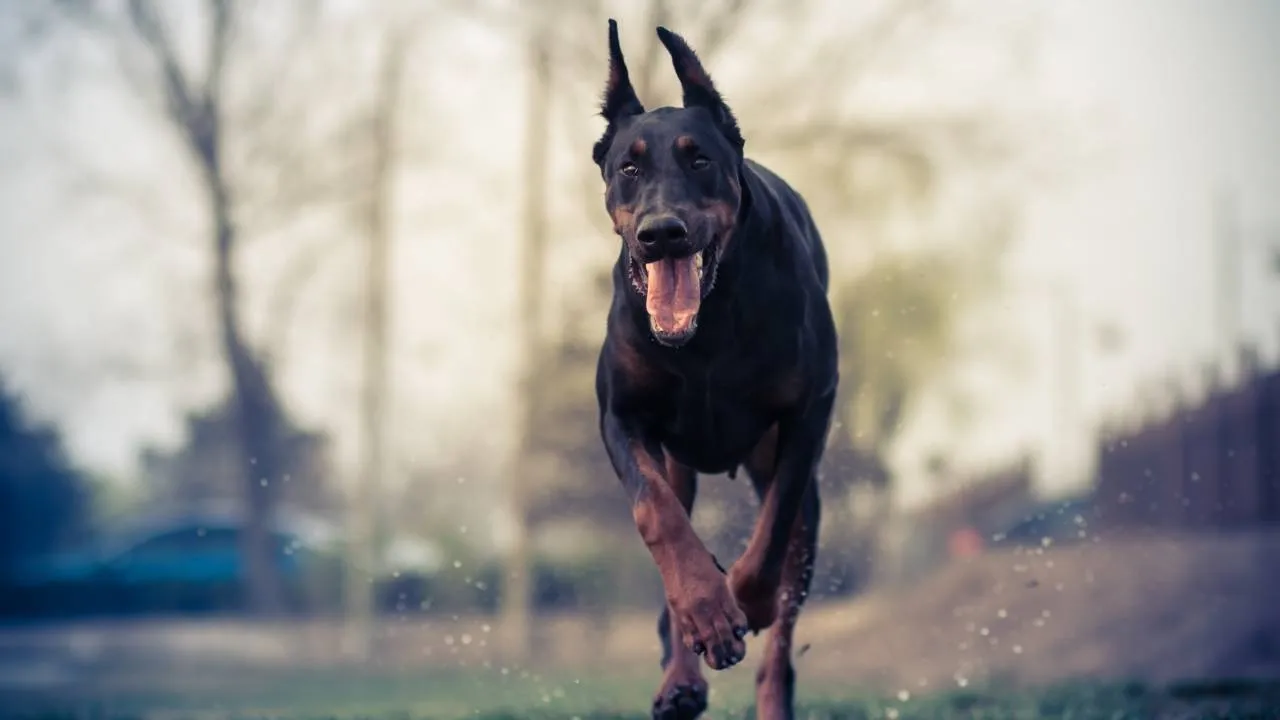
Dobermans often remain by the bedside, fully awake to subtle cues in the environment. Their upright ears and focused eyes help them sense danger before any sound is made. This quiet presence during sleep hours is part of their natural instinct.
Positioning With Purpose
They tend to rest near entrances or close to the edge of the bed. This behavior gives them a clear line of sight to track movement without needing to get up. Their placement is rarely random, and it often becomes a reliable routine.
Training Enhances Bedside Behavior
Owners who provide consistent training early notice calmer nighttime habits in Dobermans. They become attuned to their surroundings without reacting to every minor noise. This makes them ideal for guarding without disturbing rest.
Built-In Loyalty Shows in Sleep Hours
Dobermans are extremely loyal and take their household responsibilities seriously. Even when relaxed, they stay aware of everyone’s location in the room. Their sense of routine and awareness remains strong, especially around family members.
7. Akita
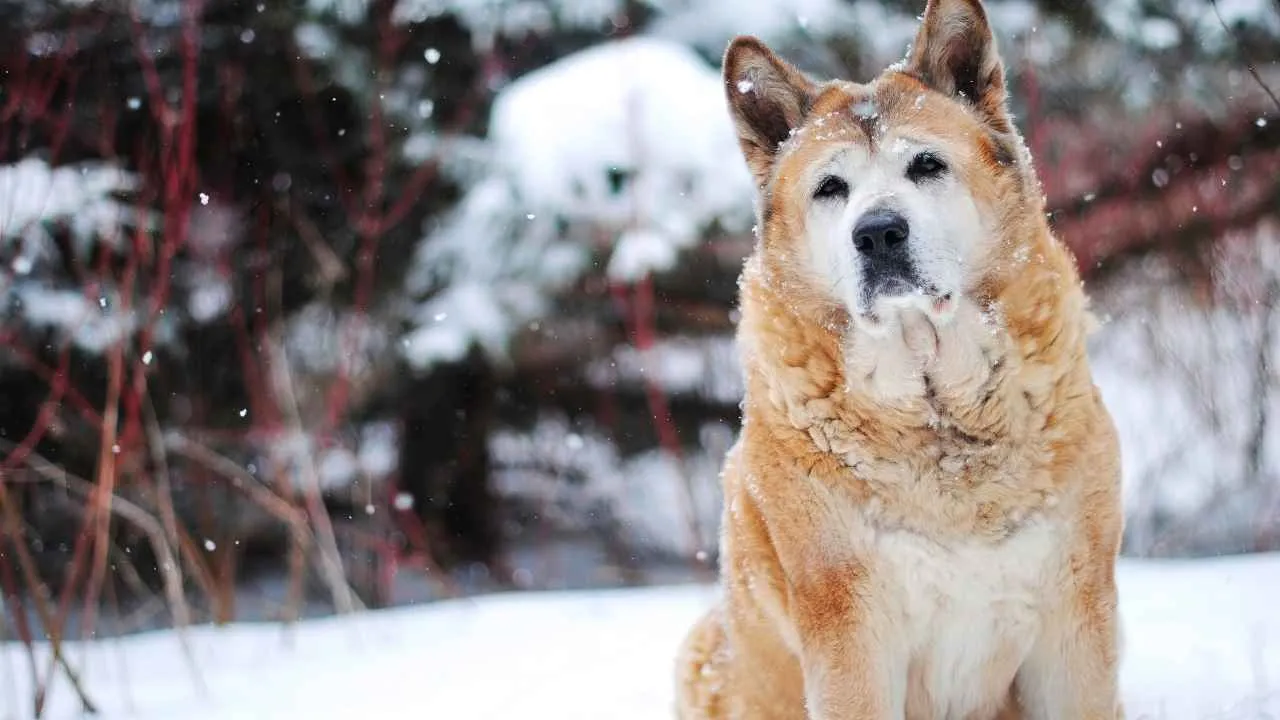
Akitas are known to silently observe their surroundings, especially in quiet settings like bedrooms. They often settle near the bed and stay still until the owner moves. Their steady gaze and still body create a dependable sense of security overnight.
Alert Even in Resting Mode
Movement from outside the room or hallway often leads to subtle reactions, even while lying down. The breed’s protective nature makes it responsive without needing physical intervention. Their natural guarding instinct often activates before sounds even reach others.
Guided Behavior Through Structure
Akitas benefit from clear boundaries at home to reinforce their behavior. Early socialization teaches them to calmly distinguish between routine sounds and true disturbances. With quiet control, they respond only when truly necessary.
Valued for Loyalty in the Home
This breed often builds deep bonds with one or two individuals in the household. That attachment makes them naturally suited for being the right guard dog in sleeping spaces. Many families seeking quiet but watchful companionship find their temperament ideal.
Conclusion
Some dogs guard with noise. Others guard with presence. The breeds in this list do the latter. They are natural protectors, often seen lying still until their person moves. Whether it’s a large breed like the Cane Corso or a gentle giant like the Akita, their job is quiet loyalty.
When socialized properly, they become the perfect family guard dog—protective, patient, and aware. Some carry the legacy of a hunting dog or come from lines known as a noble breed, but what matters is how they watch without needing to be told.
For many, they’ve become the favorite breed in homes that value peace. Calm yet extremely protective, steady yet alert, they are the true definition of a natural guard dog that stays calm indoors—a rare quality in any large dog.


